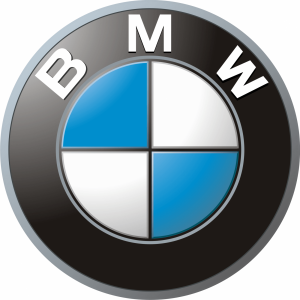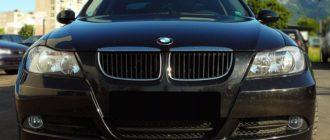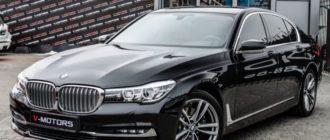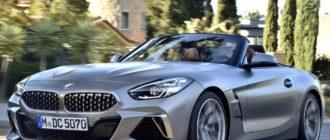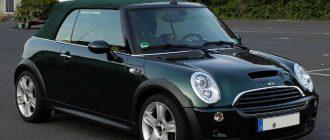BMW 7 E32 cars have become affordable. Despite being 10 years old, many car enthusiasts are eager to own such a model. The first E32 cars appeared in 1986. They competed with the Mercedes W126. The E32 models were known for their refined design, good handling qualities, and equipment of that time.
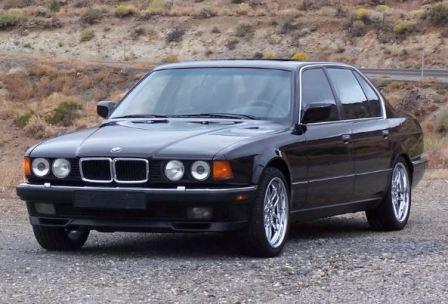
By the end of 1990, the models were improved. The restyled cars received wide nostrils on the radiator grilles. The cars were produced until 1994, then replaced by the E38.
Exterior of BMW 7 E32
The BMW 7 E32, released after the BMW 7 E23, look remarkable. They have high-quality body paint. Rust is a rarity. The cars have a long wheelbase.
The drawbacks of BMW 7 E32 include the frequent need to replace rubber seals as they wear out quickly. Moisture can enter through the windshield and seals. Another issue is the location of the fuel tanks in crushable body areas.
Fog lights
Large fog lights with elongated shapes. This allows maximum visibility in poor lighting or bad weather conditions.
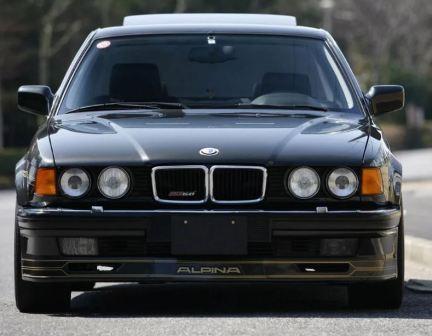
Wheel Arches of BMW 7 E32
They are made to be bulging, giving the cars an aggressive look. This improves aerodynamic performance and helps cool the brake mechanisms by allowing airflow into the arches.
Side Mirror Design
They have optimal, streamlined shapes and body-colored paint. This helps achieve maximum dynamic performance and speed.
Engines
Initially, there were models like 735i E32, with a 3.5L engine producing 220 hp.
In 1987, the 730i with a 3.0L engine was introduced. Car owners praise the reliability of these engines and recommend buying cars with these two engines.
They are:
- simple in design;
- reliable;
- have long service lives;
- have affordable maintenance parts.
The middle of 1987 saw the introduction of the 750i E32. Later, V12 installations became available. While powerful, both V12 and 750i engines come with high costs.
Five-liter engines have complex designs, requiring only high-quality fuel. Using poor fuel can lead to valve deposits, resulting in power loss. Maintenance is costly, with fuel consumption reaching up to 19 liters in urban conditions.
By early spring, eight-cylinder engines were available in 740i and 730i models. The main issue was their wear and tear, leading to engine rebuilds under warranty. Cylinders were strengthened to combat the power decline of the engines.
The main engine failure risks lie in overheating. 50% of drivers encounter this issue, according to auto service specialists.
Before purchasing a BMW 7 E32, it is essential to check the cooling mechanisms as cracked pipes can lead to fluid leaks.
Most cars are equipped with automatic transmissions. Manual transmissions are available for 735 and 730i models. When choosing a transmission, consider that while automatics are smooth, they are expensive to maintain. Note that early automatics have unreliable electronics. Cars from 1991 to 1994 may vibrate during drives.
Interior
The BMW 7 E32 interiors feature heated seats for drivers with lumbar support.
Driver seats with memory options.
Instrument panels oriented towards the drivers.
Salons with wooden trim.
Cars with dual-zone climate control, optionally upgradable to three zones.
The most luxurious finishes are found in cars for Americans, with leather interiors, automatic transmissions, and 750i engines.
Front seat backs with tables and footrests for rear passengers.
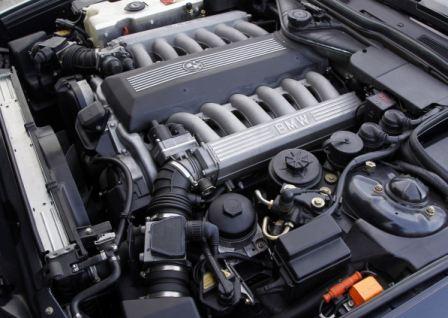
The 500-liter trunks are equipped with a generator and a battery.
Drawbacks include a high loading height.
Technological Component
Even today, these cars do not go unnoticed, despite being 30 years old. One can only imagine the impact the BMW 7 E32 made with its technologies back then. Thanks to its popularity, other manufacturers in the same class began considering improvements for their cars. The E32 was the first to feature 12-cylinder engines.
Many car owners are open to tuning. Fortunately, the market now offers everything the heart desires.
You can update the cars with:
- wheel caps;
- jack kits;
- front and rear lights;
- various tires;
- roof elements, and more.
Important! Specialists advise against upgrading BMW 7 E32 engines. They are already reliable and powerful. Tuning can reduce their longevity.
When these cars were first released, they were the safest. They had both frontal and side airbags.
There were mechanisms to limit engine power during high-speed skids. These were controlled by electric throttles. In 1991, cars were equipped with differential locks and much more.
Important! When considering buying these cars, carefully inspect the engines. About 50% of overheated engines may be encountered. Issues with the gas equipment should also be noted.
Be sure to check the electrical system and suspension components. Parts will need to be replaced, such as shock absorbers, clutches, etc. This will result in a significant cost. This highlights that BMW 7 E32 cars are luxurious even today, requiring substantial investments to own. But they are worth it.
Equipment of BMW 7 E32
In top-of-the-line cars with powerful engines, front wheel electric adjustments with memory are available.
All equipment variants have galleries with leather finishes and music control.
Spacious salons designed for five people.
Base models have steering wheels with manual adjustments. Other variations have electrically adjustable steering columns. Different climate control options are also available.
Restyling and Facelift
Restyling events did not bring significant changes to the BMW 7 E32. They were minimal. Only the instrument panels were updated. The handles in the salons were chrome-covered, and ashtrays were added.
